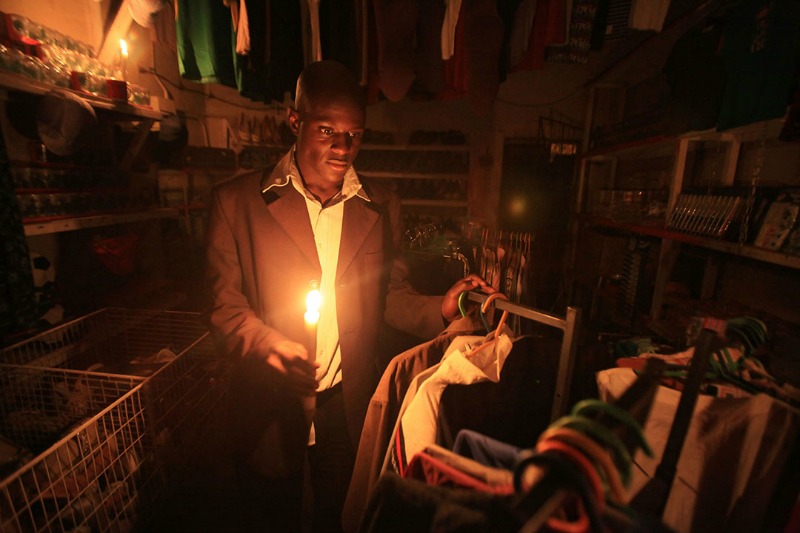ELECTRICITY imports into Zimbabwe increased by US$7.1 million at a time when unprocessed raw materials continue to dominate the export bill, says the Reserve Bank of Zimbabwe’s (RBZ) latest report.
The report entitled, “Monthly Economic Review August 2019” shows that in August 2019, the country gobbled US$12.9 million on electricity imports, up from US$ 5.8 million spent in the month of July 2019 indicating a US$7.1 million increase.
As a percentage share of total imports, electricity is the third highest with diesel and petrol leading the list respectively.
“Merchandise imports rose by 7.6%, to close at $384.2 million in August 2019 largely driven by a surge in imports of electricity and medicines,” the report shows.
Zimbabwe has been forced to import electricity following a severe drought which struck last year resulting in low water levels at the Kariba hydroelectricity generation plant.
As a result, the country is currently experiencing severe power outages which have affected industrial productivity.
During the period under review, the RBZ said monthly merchandise exports grew by 15.3%, from US$300 million in July 2019 to US$345 million in August 2019. The increase was on account of higher export earnings from gold (34.6%); nickel ores & concentrates (21.5%); and flue cured tobacco (90.8 %).
“The country’s export basket continued to be biased towards primary commodities, including gold, nickel, flue-cured tobacco, diamonds and ferrochrome. These commodities contributed about 76.0% of the country’s export earnings in August 2019,” the report said.
The country’s exports were mainly destined for countries in the Sadc region, namely; South Africa, 42.7%; Mozambique, 8.2%; Swaziland, 1.6%; and Zambia, 1.4%. The United Arab Emirates (U.A.E.) and other countries absorbed 29.1% and 17%, respectively of the total merchandise exports.
However, the aforementioned merchandise trade developments resulted in a 33 % improvement in the country’s rade balance from a deficit of minus US$58 million in July 2019 to a deficit of minus US$39 million in August 2019.






